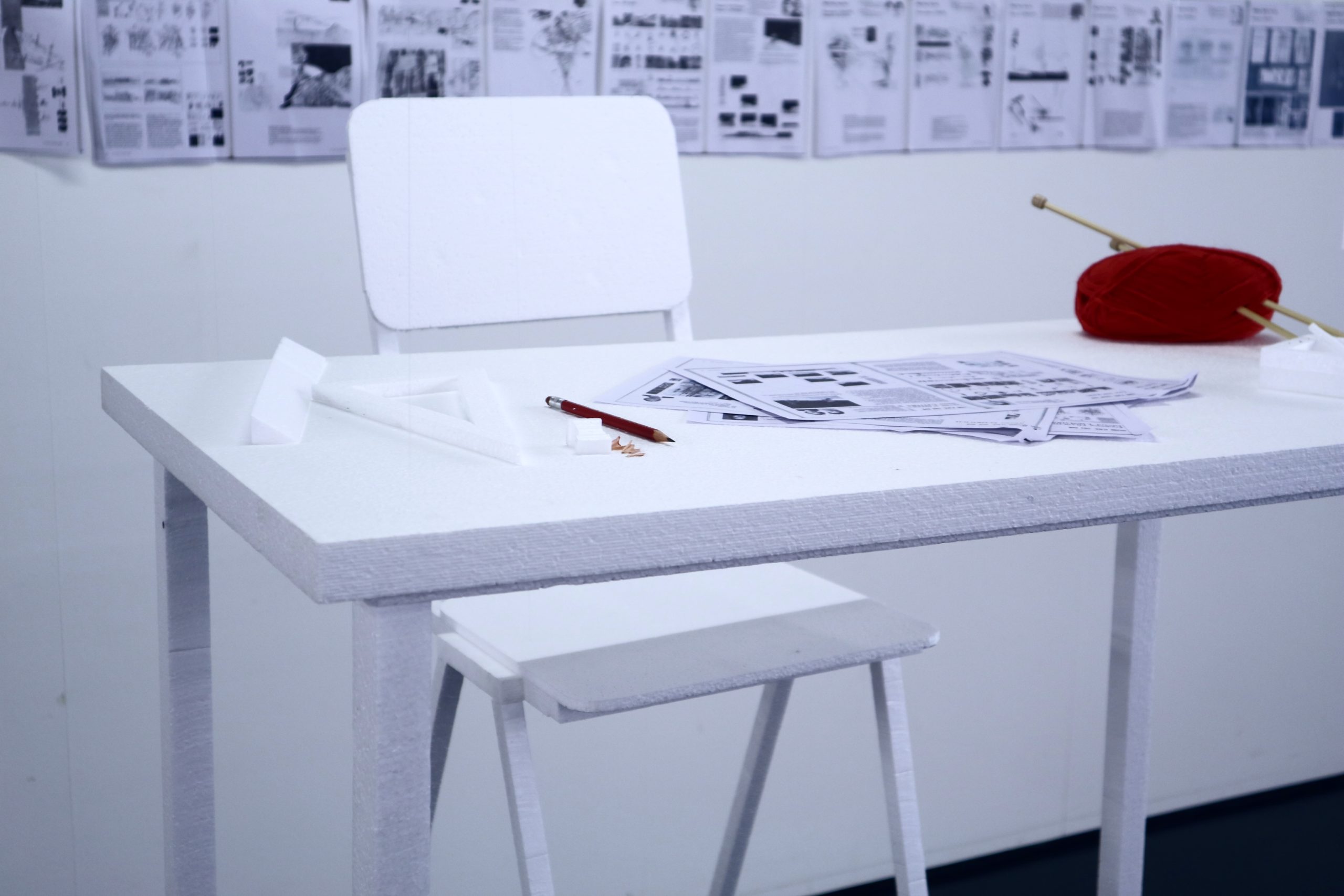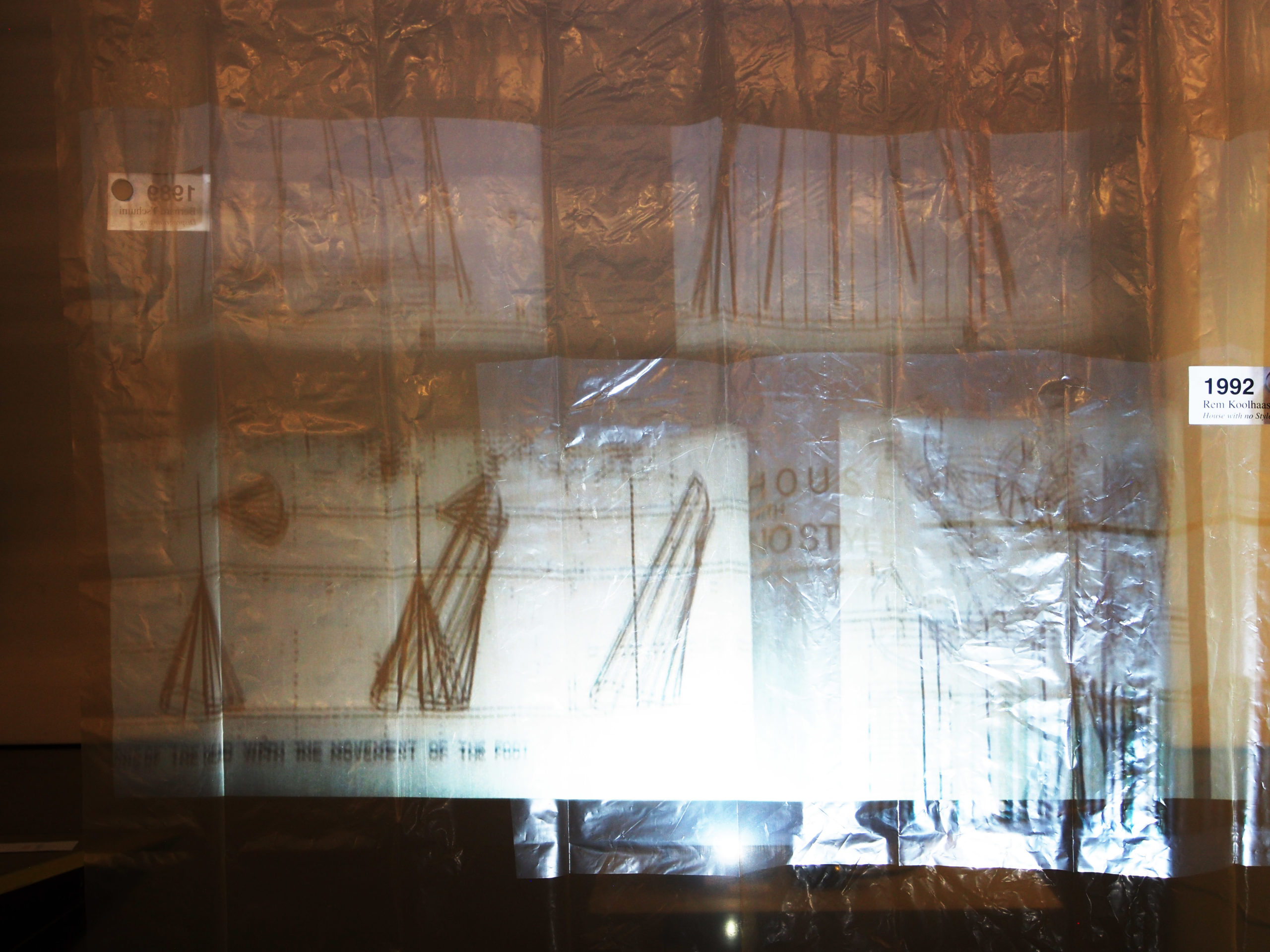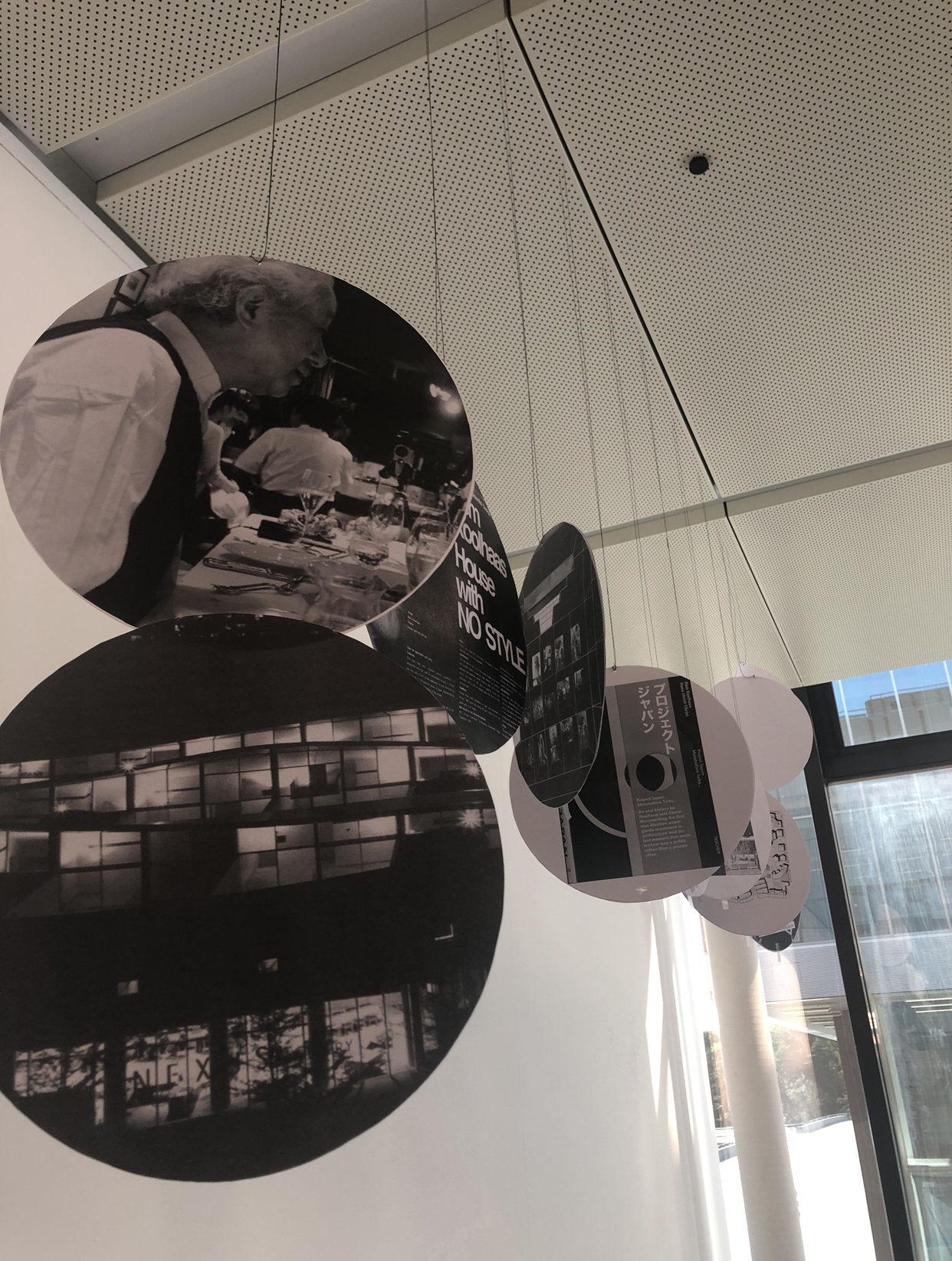Visualizing the Architecture Competition as ‘Contact Zone’
The goal of this summer school is to explore a new conceptual and methodological approach to writing global histories, introducing the notion of a ‘contact zone’. Appropriating the term from literature scholar Mary Louise Pratt, who in the context of colonial studies defined contact zones as ‘social spaces where cultures meet, clash and grapple with each other, often in highly asymmetrical ways’, students analyse how intense cross-cultural encounters centring on architecture produced friction as well as, in Pratt’s words, ‘exhilarating moments of wonder, revelation, mutual understanding and new wisdom’. We start the summer school by examining different meanings of a contact zone that were identified through an analysis of the disciplines where the term was first used. Next, we question the potential of this concept in the field of architecture. Together, we define different kinds of architectural contact zones (competitions, exhibitions, biennales, and emergency aid programmes) and reviewed a set of historical examples to understand how contact zones have affected the production of architectural knowledge. Particular emphasis is placed on understanding the different mechanisms that are at play within a contact zone, by posing questions such as: What makes an architectural contact zone possible? How does it come into being? Who has access to it, and who doesn’t? What power relations are at stake within a contact zone? In what ways are common interests communicated and negotiated so as to produce new architectural knowledge?
To offer students hands-on experience during summer school, the theoretical model is tested by way of the ‘contact zone’ of the architecture competition. Our case study is the Shinkenchiku Residential Design Competition, an international housing ideas competition that originated in Japan in 1965 and has since been held annually. Students are asked to assess critically one edition of the Shinkenchiku Residential Design Competition and explore the multiple actors and stakeholders involved (sponsor, judge, architects, media, and public). The students then trace the movement of the competition theme across different architecture cultures. Specialist staff from the ETH BAU library organise two workshops to help students get started with their research. Throughout the summer school, the staff also offer assistance in gathering material from various architectural sources that could help demonstrate the effects and after-effects of the students’ selected competition editions.
In addition to developing the theory of contact zones for the field of architecture, students are also challenged to visualise the contact zone. In collaboration with gta Exhibitions, each student develops an exhibition concept that clearly expresses how the competition functioned as an open arena for debate between different architecture cultures. By foregrounding the multiple contacts that took place in these cross-cultural encounters, and considering how these encounters produced new architectural knowledge, the students’ exhibition concepts directly contribute to a more intertwined explanation of architecture history. This exercise provides students with a better understanding of the impact of the increasing exchange of architectural knowledge across geographical borders on the thinking and practice of architects, and the contribution of these exchanges to creating ‘global architecture’.
The summer school took place at the Department of Architecture, ETH Zürich, Hönggerberg campus between 4 and 10 September 2019.
Dr. Cathelijne Nuijsink
Prof. Tom Avermaete
Hover Image: Contact sheet from the fourth Any conference. Anyone Corporation fonds/Collection Canadian Centre for Architecture, Montréal © CCA
Links and Files related to Teaching and Exhibitions
| Summer-School-Catalogue.pdf | 5MB |






